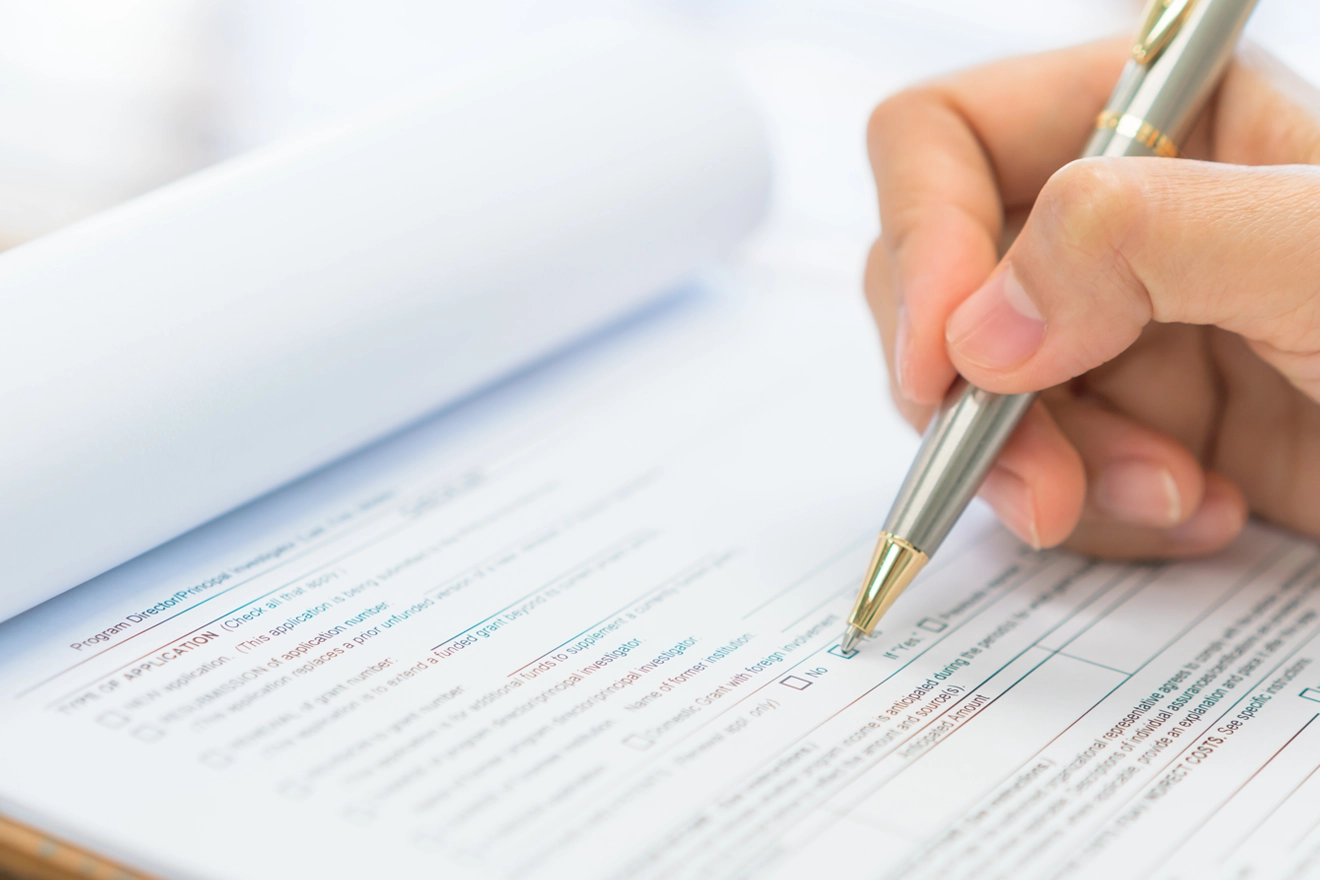
The clinical evaluation of medical devices is a procedure for demonstrating the safety and efficacy of the devices. The documentation of the clinical evaluation process is called a Clinical Evaluation Report (CER). The CER holds a significant position when placing or distributing medical devices in the European Union (EU). The report aims to establish the device’s intended benefits for users when weighed against the associated risks.
The Clinical Evaluation Report is submitted as a part of the CE technical file to the Notified Body (NB) during conformity assessment. The CE technical file is a crucial part of the EU's conformity assessment procedure for medical devices. The article 61 and Annex XIV details the Clinical Evaluation Report for EU Medical Devices Regulations (MDR) 2017/745 requirements.
Transitioning from MDD or MED DEV 2.7/1 REV 4 to MDR is complicated. One may question the similarity between the MED DEV 2.7/1 REV 4 and the MDR. The requirements seem to be quite identical from a bird’s eye view. However, the microscopic view shows a different scenario, and the requirements vary excessively.
Given the importance of an effective Clinical Evaluation Report writing for placing the devices in the EU market, some of the key pointers that one should focus on are the following:
1. Deduce and draw a plan
A Clinical Evaluation Plan (CEP) is vital to the CER. The CEP defines the scope, methodology, and approach for the clinical evaluation process, which will then be documented in the CER. The CEP includes details about the device/s, specifications on the intended use of the device, indications, contraindications, intended users, clinical benefits, and clinical outcome parameters. This CEP document can further guide the clinical evaluation in carrying out stepwise activities.
2. Identify clinical data
Most of the time, the misconception can build over that the more data is included in the CER, the more effective the report will be. There is no limit to the data to be incorporated into the clinical evaluation report. However, including accurate data is always beneficial. For this, a thorough literature search is required via a robust database. Other than that, support from additional clinical data such as clinical experience, clinical trials, as well as internal data (meeting excerpts, ongoing clinical studies, etc.) can also supplement the report.
3. Creating a checklist
Understanding the gaps between the requirements and the data collected is quite crucial. Creating a checklist that suits the requirement is always advisable. One of the ways would be to first create a template in accordance with Article 61. It helps in assessing the potential missing areas in the reports.
4. Legibility of the report
Writing a CER is not easy and requires quite an expertise in the field. The report writing can vary depending on several factors, such as the device, its classification, etc. However, the skeleton of the report should include the following elements:
- Device information which includes device type, manufacturer name, device designs, and other relevant data
- A technical description like intended use, user population, classification, therapeutic indication, etc.
- Identified clinically equivalent devices and justification on the same
- Methods used for clinical evaluation
- Analysis and conclusions that are drawn based on the data collected demonstrating the safety and efficacy of the device
5. Updation of CER
CER must be updated continuously even after the device is placed on the market. The report goes as a Post-Market Clinical Follow-up (PMCF), a part of the post-market surveillance system. Potential changes to any new clinical data or evidence, including hazards, benefits, claims, etc. that might have a relevant impact on the clinical evaluation process must be documented.
Drawing up and maintaining a compliant CER can be a cumbersome process. An ineffectual report can heavily impact the conformity assessment procedure leading to failure in placing the device on the market. Being a partner to Freyr can ensure that all your needs are supplemented correctly and create a high-quality document.
Consult Freyr for any further queries on Medical Writing









